These people are attempting to sail around the world in a 62-foot canoe, using only the sun and stars for navigation
This is the Hokule'a, a working replica of a traditional Hawaiian voyaging canoe.

The first Hawaiians used the same style of canoe to arrive at the island chain more than 1,000 years ago. The last one like it was built over 600 years ago.
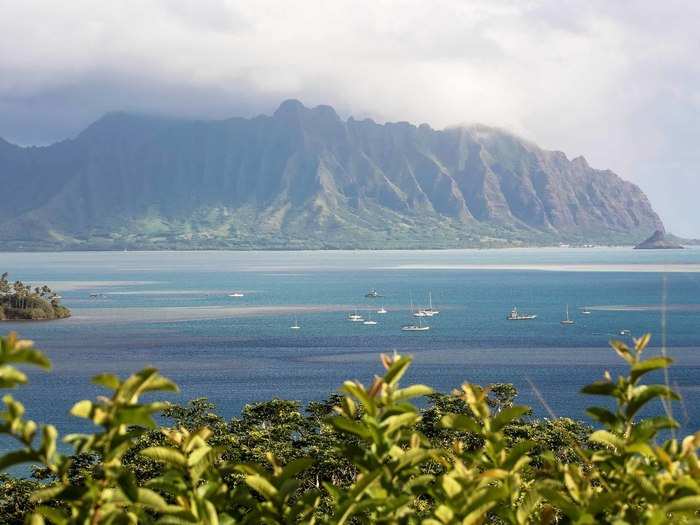
Source: Hokulea.com
Hokule'a set out from the Hawaiian Islands in 2013 on a mission to circumnavigate the globe without the use of modern navigation instruments.
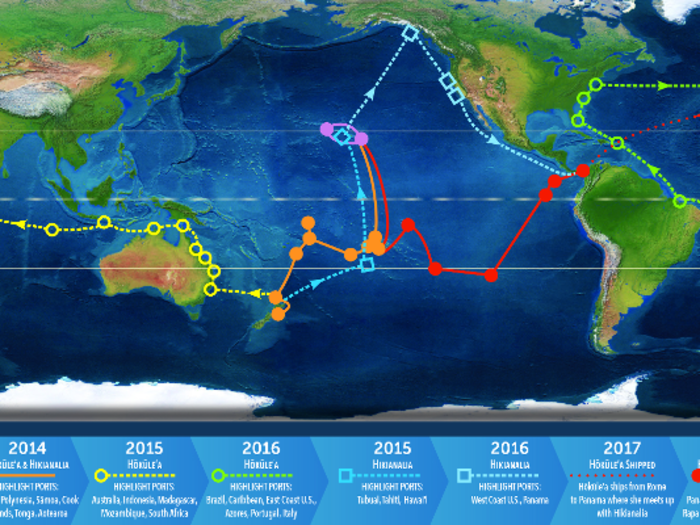
The crew relies instead on traditional "wayfinding" techniques, using observations of the stars, the sun, the ocean swells, and other natural world clues for guidance.

For Captain Kalepa Baybayan, who first sailed on the Hokule'a in 1980, the method pays a beautiful homage to indigenous history.
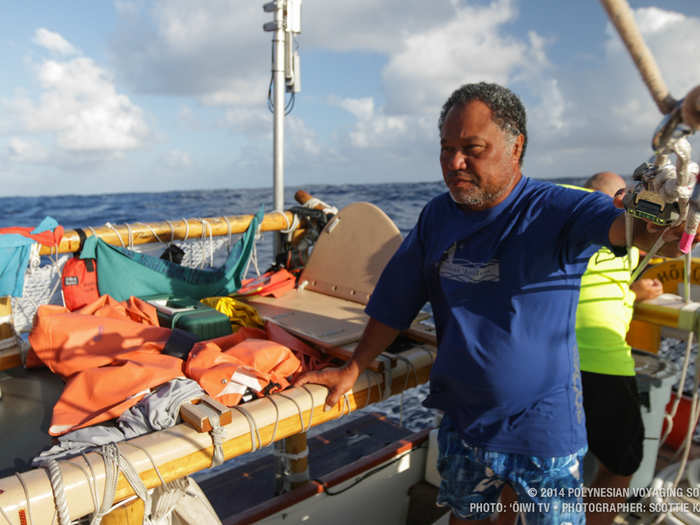
"We lost our techniques of navigation several centuries ago, when our people stopped traveling," Baybayan says, referring to the Westernization of island cultures.
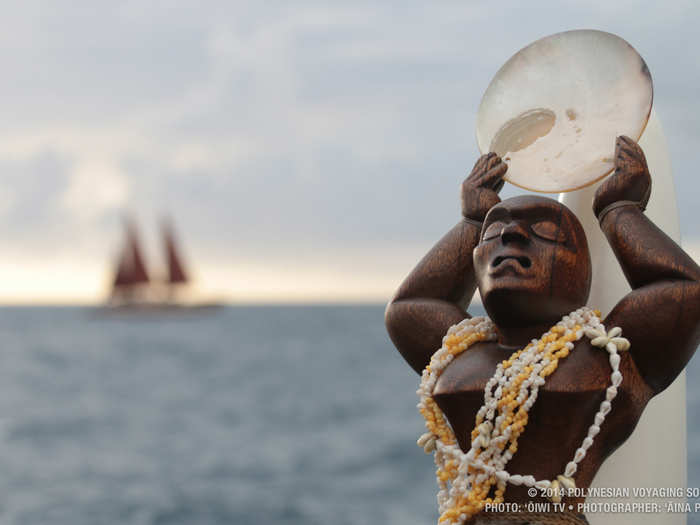
Today, young people study wayfaring as a means of reconnecting with their heritage. Baybayan says it's easier than it sounds.
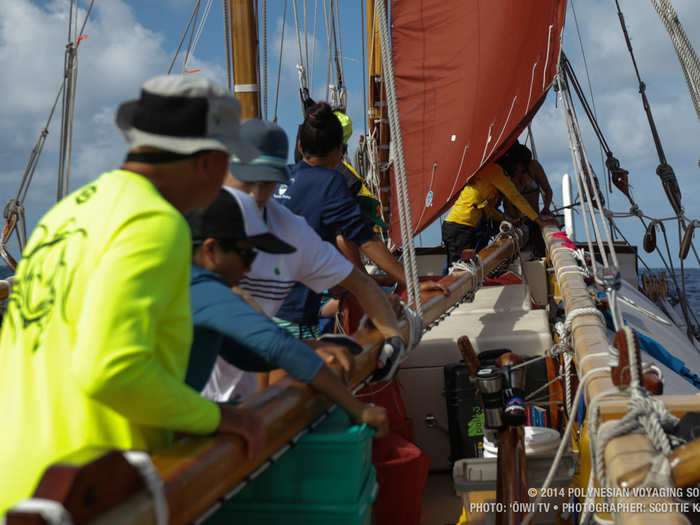
The sun and the stars rise in the east, move across the horizon, and set in the west, providing bearing points. The crew orients the canoe based on those movements.
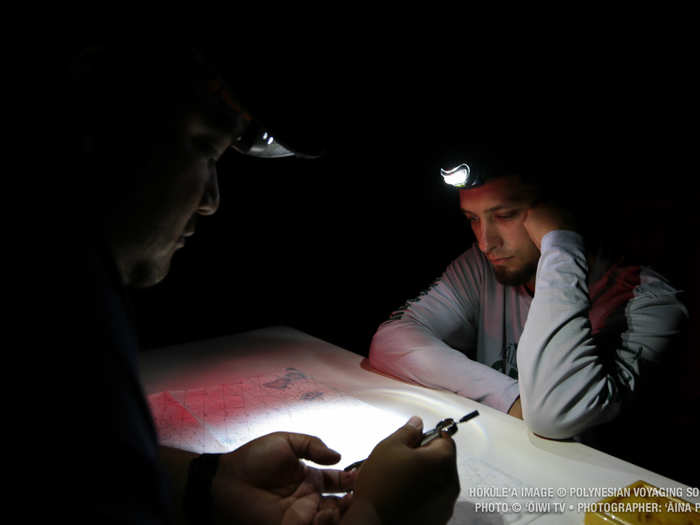
There's an order to the natural pulse of the night sky," Baybayan says. "You just need to internalize its rhythm.
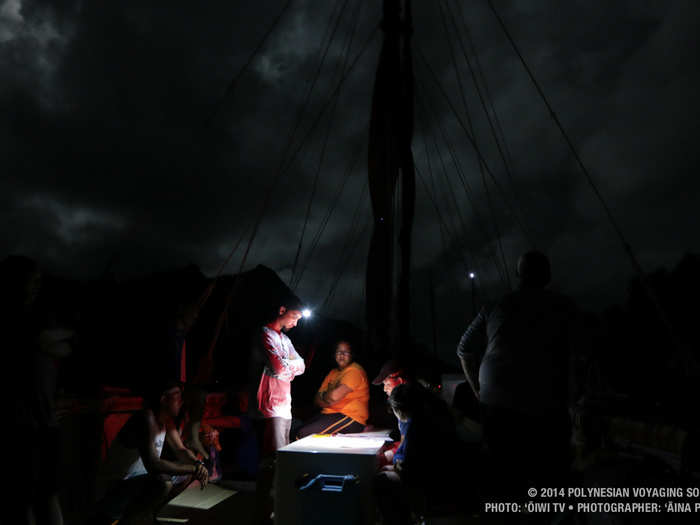
The crew is careful to plot a course that allows the canoe to reach its destination by sailing downwind, which saves time and energy.
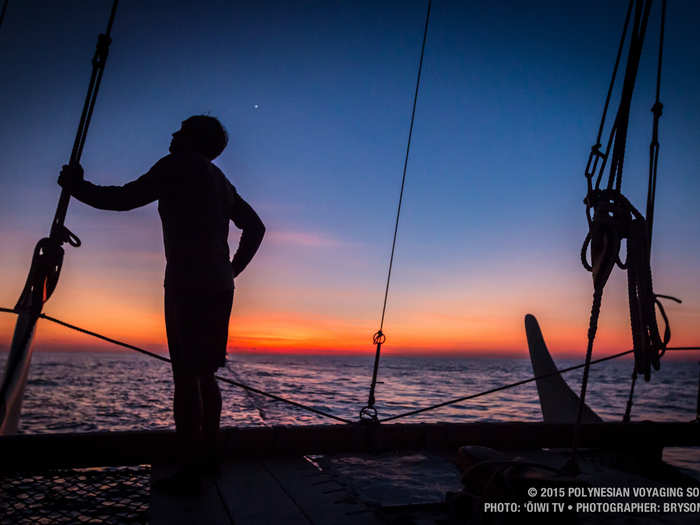
Source: Polynesia Voyaging Society
Anywhere from a dozen to 16 people are on board at a time, depending on the length and difficulty of the current leg. Ages span from early 20s into the 60s.
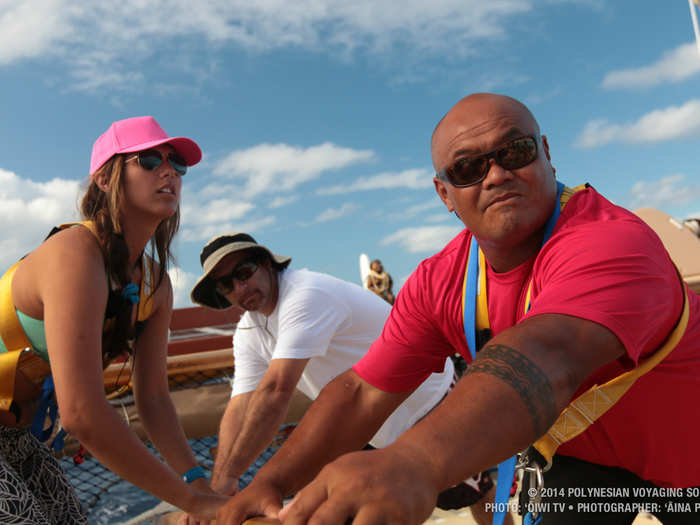
Most are native to Hawaii, though not necessarily of Native Hawaiian blood.
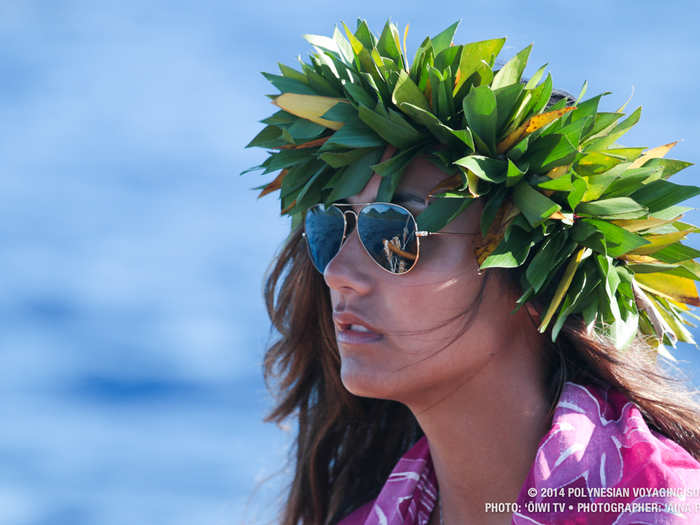
With such a large crew aboard a 400-square-foot vessel, each takes a four-hour shift during the day and at night, so others can rest below deck or out of the way.
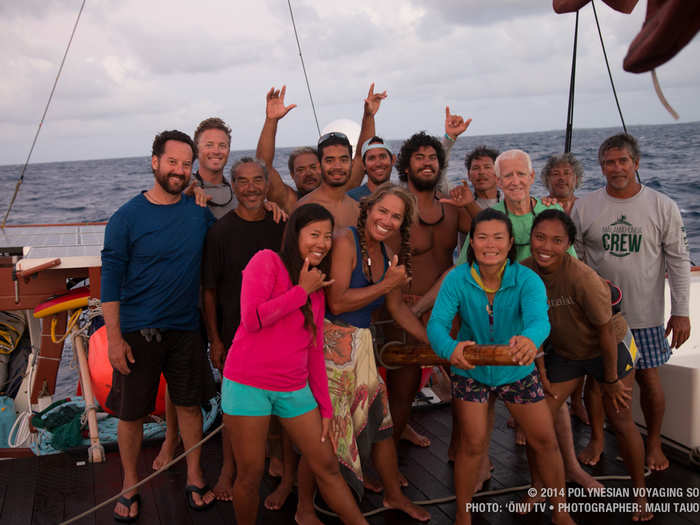
On a typical day, the first to rise set up fishing lines to catch food for the day.
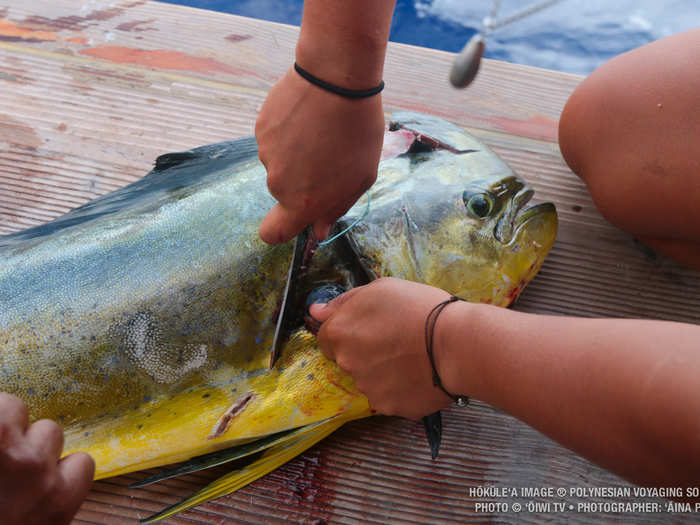
Fresh fish are prepared and cooked in a pan, though bulk snacks and dehydrated foods are available, too.
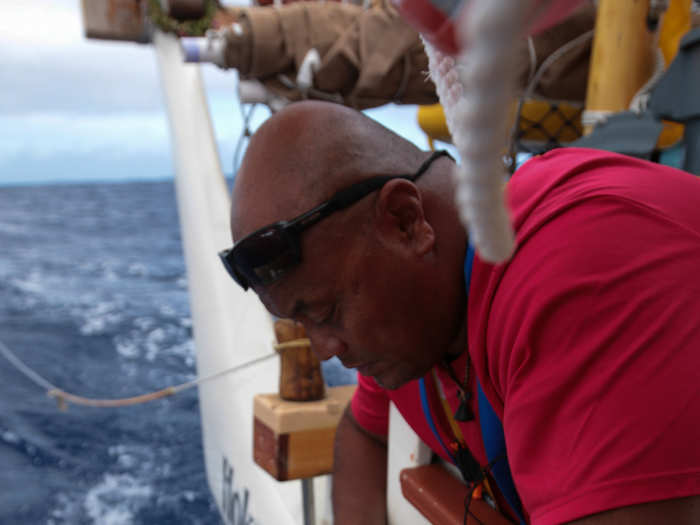
Seashells double as drinking glasses.
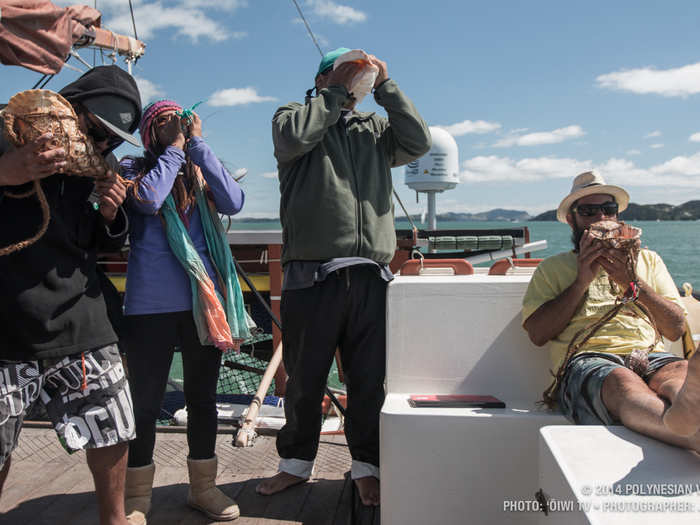
Voyagers wash their clothes and bathe using salt water collected from the sea.
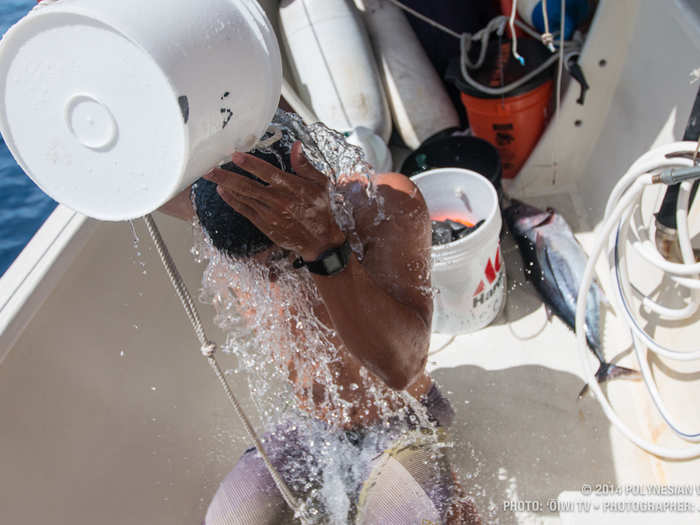
It's just as important to clean off the canoe's deck, for safety and comfort. "It can get grimy kind of quick," Baybayan says.
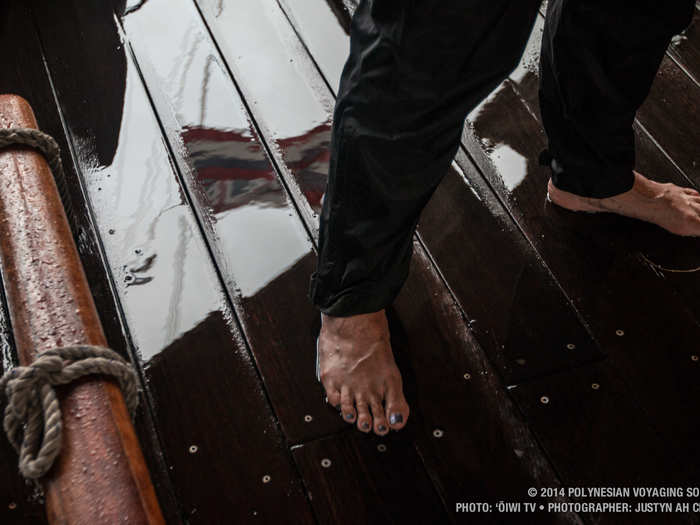
Some 350 people are trained to sail the Hokule'a. So while the canoe may be familiar, many crew members meet aboard for the first time.
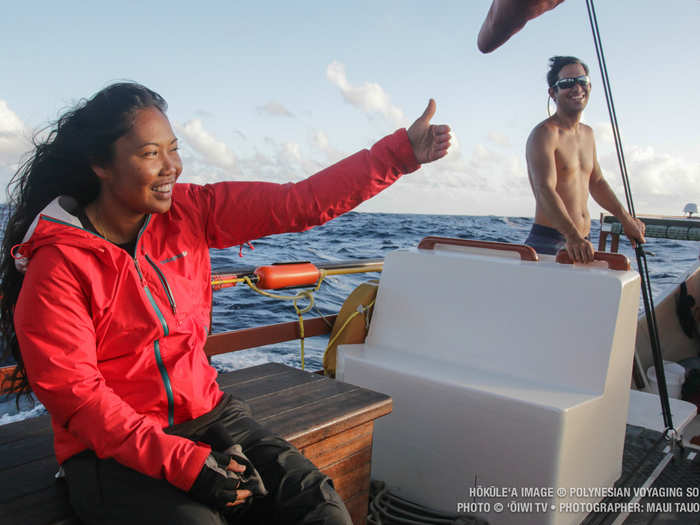
They pass the time swapping stories, singing, and playing the ukulele.
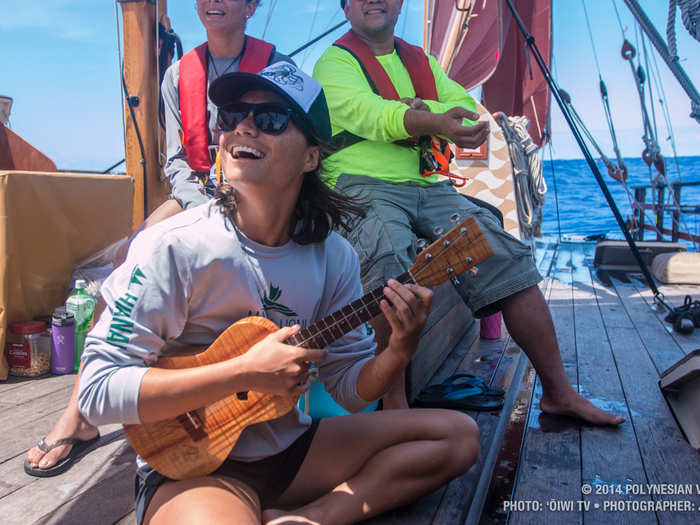
Conversations are conducted in the Hawaiian language when possible.
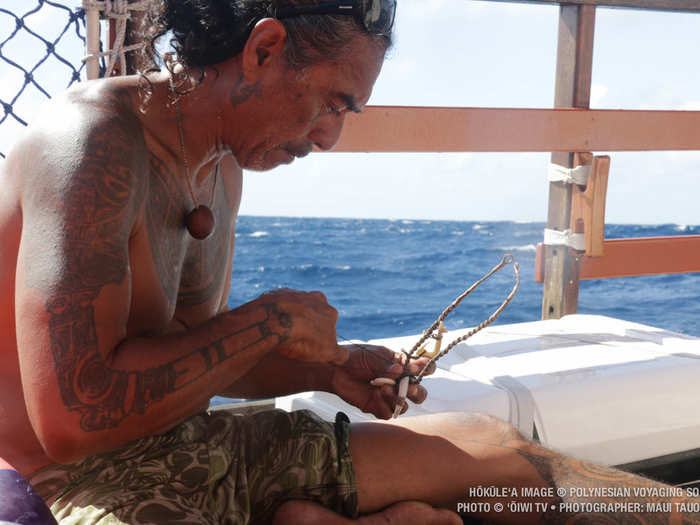
And the crew plans educational programming for events when they pull into a port city.
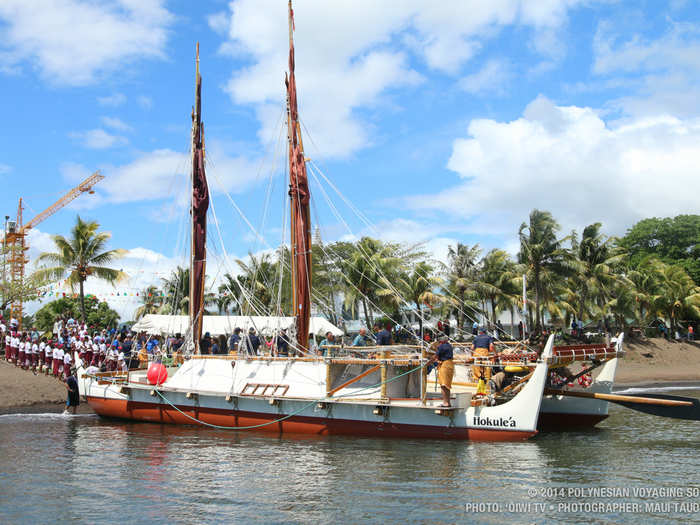
The public is invited to tour the Hokule'a and learn how to be better stewards of the planet.
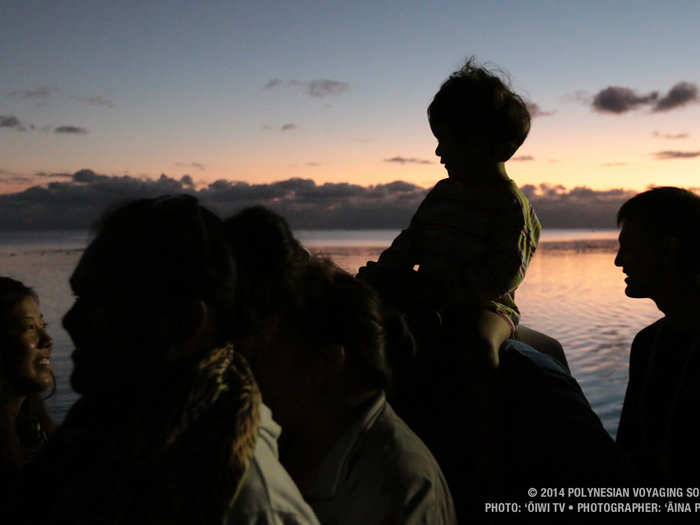
70% of the Earth's surface is made up of ocean. It's the number one incubator for producing oxygen," Baybayan says. "We need to do a better job of taking care of the world's oceans.
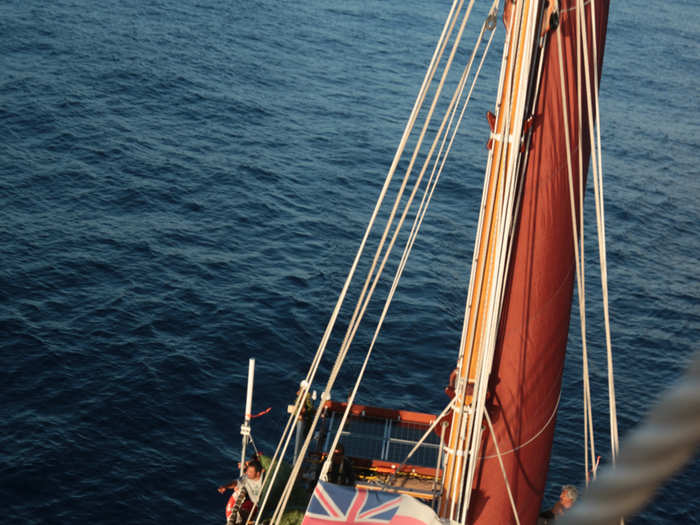
It's hard not to fall in love with the big blue sea with views like these.
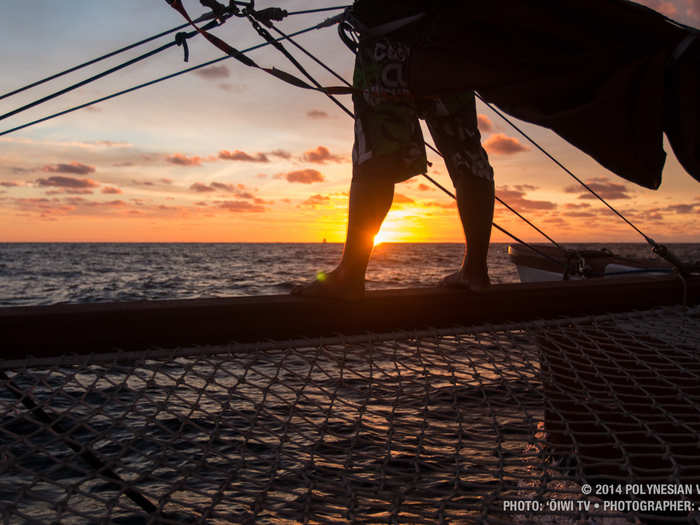
Last week marked the halfway point through the Hokule'a's worldwide voyage. After spending more than two months in South Africa, the canoe is en route to Brazil now.
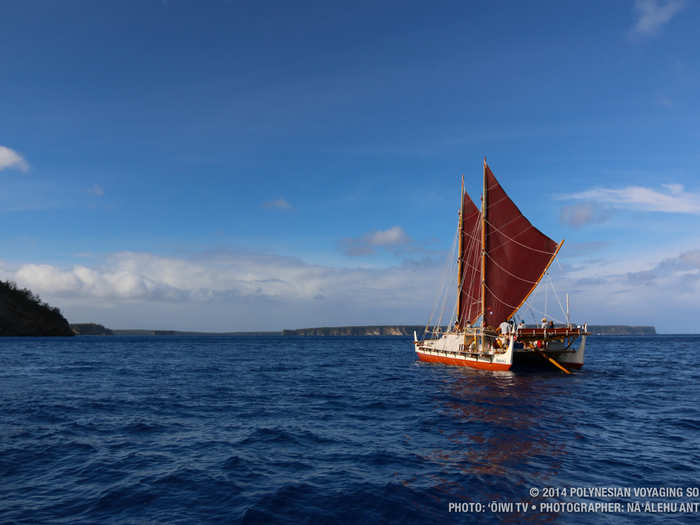
The current leg will be the longest yet, stretching 4,200 nautical miles.
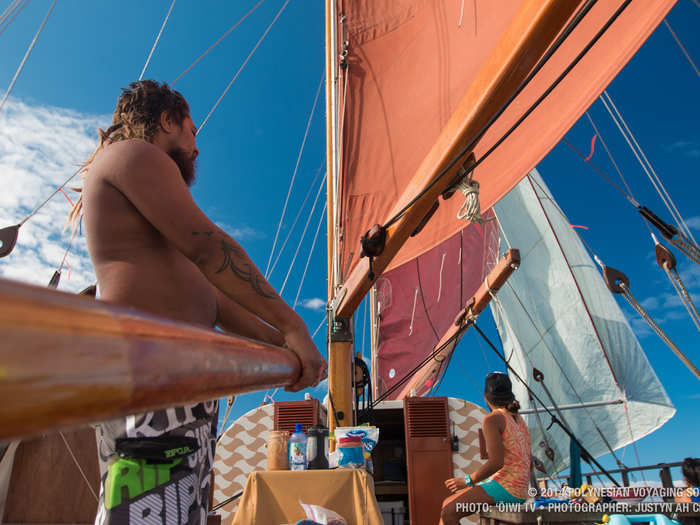
The Hokule'a's will stop in ports in the Caribbean before sailing up along the eastern coast of the US. It will spend World Oceans Day in New York City.
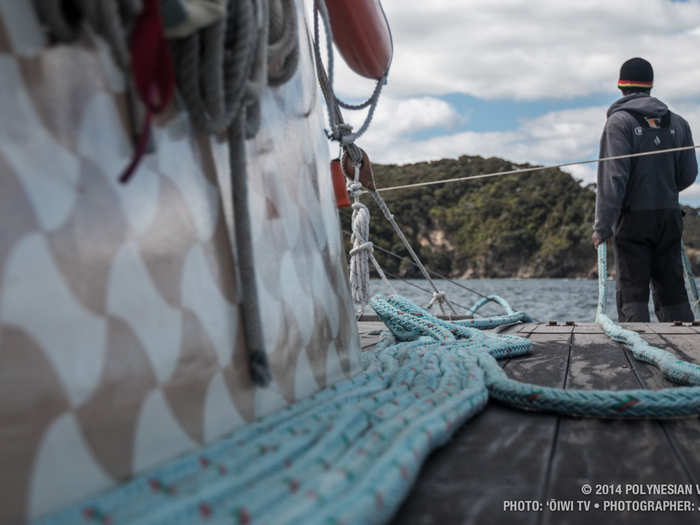
If sailing is your life, you've got to be patient," Baybayan says. "You're only going to move as fast as the wind blows.
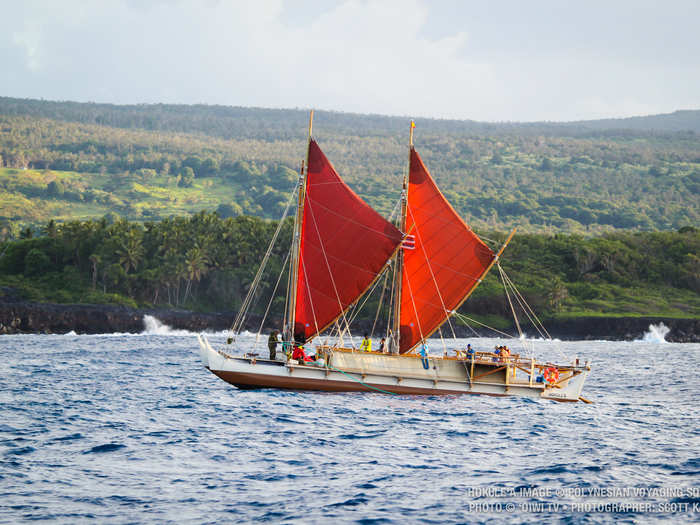
Popular Right Now
Popular Keywords
Advertisement